
As winter continues to grip the hills the Mountaineering Council of Scotland's Mountain Safety Advisor Heather Morning looks at the risk factors and symptoms of hypothermia, and offers some advice on how to avoid it.
Hypothermia – when body temperature is lowered to dangerous levels – can occur all too easily in the mountains and it is essential that climbers and walkers know how to avoid it and recognise it when they see the signs.
We stepped off the 10 o’clock train at Corrour into a white, windswept landscape. Windblown snow streaked across the wide expanse of moor as we headed east towards Loch Ossian and the start of our 18km journey into Ben Alder Cottage. It was Hogmanay 1991; four girls from the south heading to a Scottish bothy to see in the New Year in style.
Slow underfoot conditions due to deep soft snow, and rucksacks laden with food, fuel and liquid refreshment for the festivities, ensured that the short daylight hours soon dwindled to dusk and then dark. Looking back I think we had naively thought we could just follow the obvious stalkers’ track up past the east end of Loch Ossian and through Bealach Cumhann. Clearly, with the glen in its winter garb, any idea of ‘following a track’ was totally unrealistic.
We were lucky. By the time we were within sight of the bothy some of the group had started ‘seeing lights’ that just weren’t there. But once we were ensconced in the relative shelter of the bothy our near miss struck home. Joy was refusing to eat; she was cold, withdrawn and argumentative - classic warning signs of hypothermia.
This tale is a perfect illustration of how hypothermia can creep up on people. No drama, no fierce blizzards, just over-heavy packs, a long trudge through heavy snow and the onset of darkness combining to sap strength and lower both body temperature and morale.
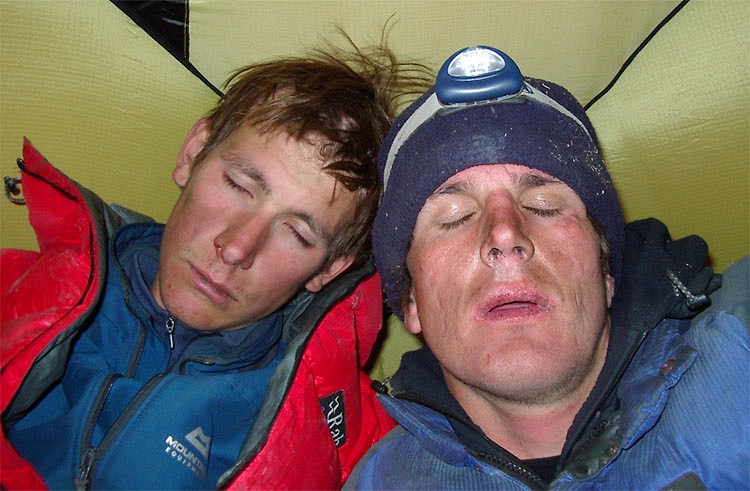
Early signs of hypothermia can be feeling cold, shivery and damp, and the ‘can’t be bothered’ syndrome, where, for example, a person perhaps has a dry pair of gloves in their rucksack, but feels it’s just too much effort to get them out.
If left unchecked, these mild symptoms can develop into irritability and irrational behaviour, poor decision making and, ultimately, collapse and even death.
A common misconception amongst hill goers is that modern clothing is so good that hypothermia is not an issue.
This is simply wrong. Within minutes of being stationary on the hill people will feel themselves start to cool down, and there are a number of other factors which people should be aware of and avoid.
Risk factors for hypothermia include:
- Sweating while ascending a mountain, then cooling and not adding extra layers
- Remaining stationary on the hill without adequate clothing and protection
- Not fuelling the body sufficiently with enough calories and fluids
- Fighting off illness or lack of sleep/fatigue
- Over-exertion
- Low morale
- Wearing layers that don’t ‘wick away the moisture’, such as cotton-based clothing which absorbs body sweat and moisture from the environment, leaving the wearer cold and damp.
- Insufficient layering and windproof outer clothing to combat the effects of wind chill.
But just by taking some simple measures the risk of hypothermia can be reduced:
- Always add an extra layer as you get higher up the mountain
- Swap your gloves for a dry pair when you have finished your ascent
- Always carry an additional large synthetic duvet jacket which will fit on over the top of everything you are wearing and put it on for lunch stops or any other time you’re at risk of cooling, such as in descent
- Make sure you eat enough. Even the best clothing can only keep heat in, not generate it.
For more information about recognising, avoiding and dealing with hypothermia, check out the MCofS website.

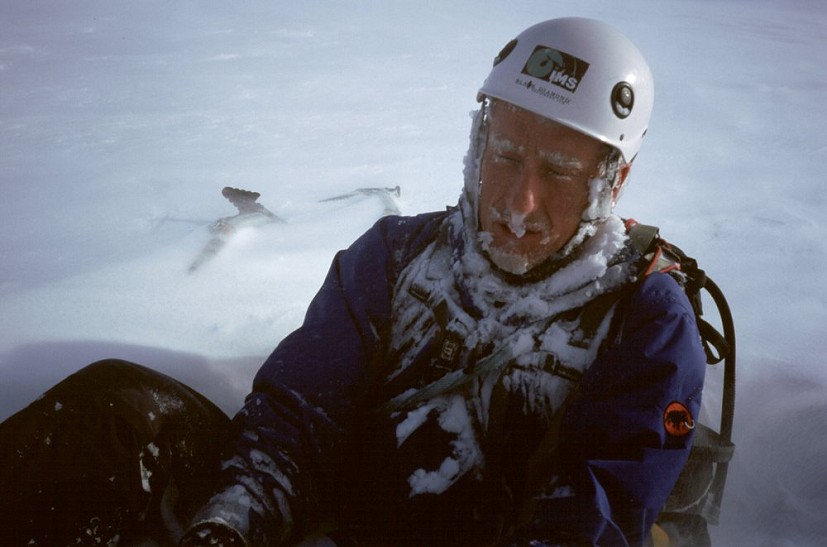

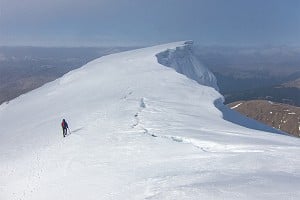
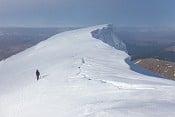
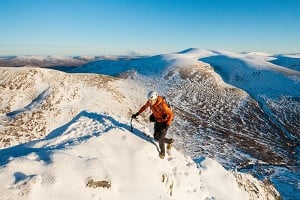
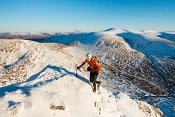






Comments